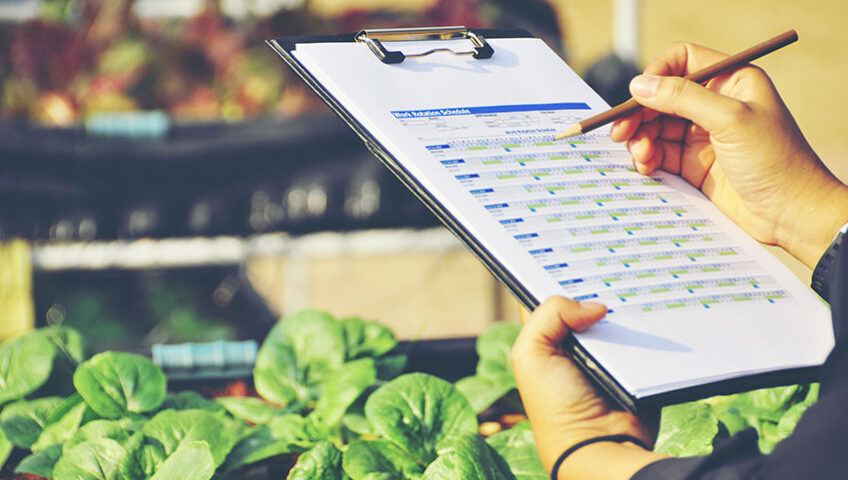As the vibrant colors of summer begin to fade, a gardener’s work is far from over. Fall is a crucial season for preparing your garden for the dormant months ahead, ensuring a healthy and thriving landscape come spring. This comprehensive guide will walk you through essential fall gardening tasks, helping your garden not just survive, but flourish after winter’s chill.
Why Fall Gardening Matters
Many gardeners mistakenly believe that gardening ceases with the first frost. In reality, fall is a prime time for planting, soil enrichment, and crucial clean-up. Investing time in your garden now will pay dividends in the spring, reducing your workload and setting the stage for robust growth. Proper fall preparation helps to:
- Improve Soil Health: Winter allows amendments to break down and integrate, enriching the soil for spring planting.
- Reduce Pests and Diseases: Cleaning up debris eliminates overwintering sites for many garden pests and disease pathogens.
- Protect Perennials and Shrubs: Proper mulching and care help vulnerable plants withstand freezing temperatures.
- Get a Head Start on Spring: Planting certain crops and bulbs in the fall means earlier blooms and harvests next year.
Essential Fall Gardening Tasks
Preparing your garden for winter involves a variety of tasks, each contributing to its long-term health.
1. Soil Enrichment: Feed Your Garden’s Foundation
Fall is the ideal time to rejuvenate your garden soil. As plants are harvested, their roots decompose, but adding organic matter will further replenish vital nutrients.
- Compost: Spread a 2-4 inch layer of finished compost over your garden beds. This slow-release nutrient source improves soil structure, drainage, and water retention.
- Cover Crops: Consider planting “green manure” like clover, vetch, or winter rye. These crops protect the soil from erosion, suppress weeds, and, when tilled under in spring, add significant organic matter and nitrogen.
- Soil Testing: If you haven’t recently, conduct a soil test. Fall gives you ample time to analyze the results and apply necessary amendments (like lime to adjust pH) that will slowly incorporate over winter.
2. Garden Cleanup: Banish Pests and Diseases
A tidy garden is a healthy garden. Removing spent plant material is vital for disease and pest management.
- Remove Diseased Plants: Promptly discard any plants that showed signs of disease (e.g., powdery mildew, blight). Do not add these to your compost pile, as diseases can survive and re-infect next year’s crops.
- Clear Dead Annuals: Annual flowers and vegetables have completed their life cycle. Remove them to prevent them from becoming breeding grounds for pests or harboring diseases.
- Weed Control: Fall weeding is highly effective. Removing weeds now prevents them from going to seed and creating a much larger problem in the spring.
- Fallen Leaves: While a thin layer can benefit lawns, thick layers can smother grass. Rake leaves from beds and pathways. You can compost them, shred them for mulch, or use them to create nutrient-rich leaf mold.
3. Protecting Perennials, Shrubs, and Trees
Give your established plants the protection they need to brave the cold.
- Mulch: Apply a fresh 2-4 inch layer of organic mulch (wood chips, straw, shredded leaves) around the base of perennials, shrubs, and trees after the ground has frozen or is consistently cold. This insulates roots, retains moisture, and suppresses weeds.
- Watering: Even in fall, plants need adequate moisture, especially evergreens. Continue watering until the ground freezes solid.
- Pruning (Selectively): Generally, heavy pruning of trees and shrubs is best left until late winter or early spring. However, you can remove dead, damaged, or diseased branches in the fall. Avoid pruning spring-flowering shrubs, as you’ll be removing next year’s blooms.
- Winter Protection for Tender Plants: For marginal plants (those borderline hardy in your zone), consider wrapping them in burlap or using frost blankets during extreme cold snaps.
4. Planting for Spring Blooms and Early Harvests
Fall is prime planting time for many spring-blooming plants and even some vegetables.
- Spring-Flowering Bulbs: Plant tulips, daffodils, crocus, hyacinths, and other spring bulbs before the ground freezes. This gives them time to establish roots and undergo the necessary chilling period for spectacular spring displays.
- Garlic: Plant garlic cloves in the fall for larger, more flavorful bulbs next summer.
- Hardy Perennials: Fall is an excellent time to plant or divide many hardy perennials, allowing their root systems to establish before winter.
- Trees and Shrubs: Cooler temperatures and increased rainfall make fall an ideal time to plant new trees and shrubs, reducing transplant shock.
Preparing Your Tools and Irrigation
Don’t forget to prepare your gardening equipment for winter storage.
- Clean and Sharpen Tools: Remove soil and debris from shovels, hoes, and pruners. Sharpen cutting edges and oil metal parts to prevent rust.
- Drain Hoses and Irrigation: Disconnect and drain all garden hoses, sprinklers, and irrigation systems to prevent freezing and cracking. Store hoses indoors or in a protected area.
- Winterize Power Equipment: Follow manufacturer instructions for lawnmowers, tillers, and other power tools, which usually involves draining fuel or adding stabilizer.
Enjoying the Fruits of Your Fall Labor
While fall gardening requires effort, it’s a rewarding season that sets the stage for a thriving garden. By dedicating time to these essential tasks, you’re not just surviving winter; you’re ensuring your garden emerges stronger, healthier, and more beautiful than ever when spring finally arrives. Embrace the cool crisp air, and get your hands dirty – your future garden will thank you!

